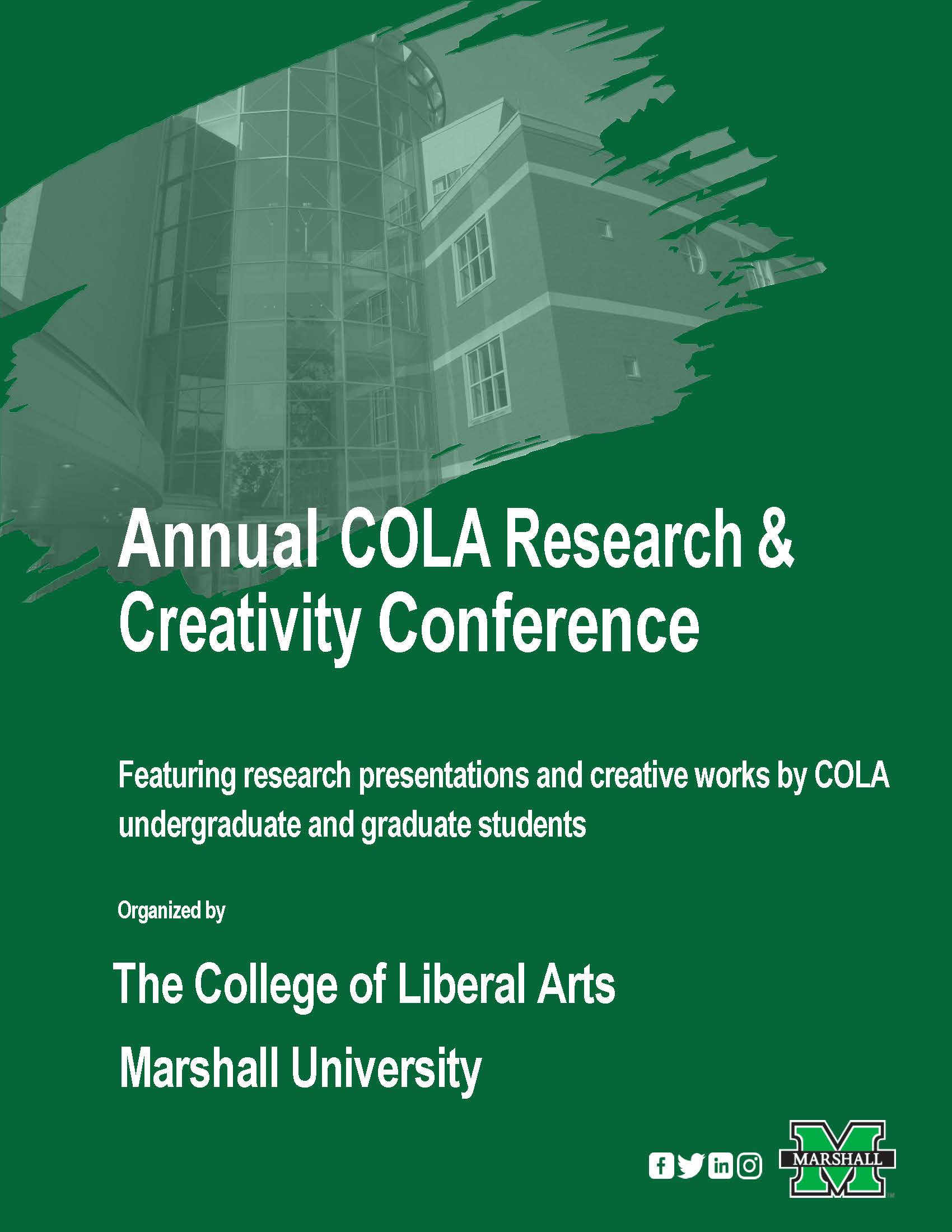Rage Against the Regime: A Comparison of Rock Nacional and Canto Nuevo
Document Type
Poster Presentation
Keywords
protest music, Argentina, Chile
Biography
Madison Persinger is double majoring in International Affairs and Spanish and will be graduating in May of 2020. She will be attending the University of Cincinnati College of Law in the fall.
Major
International Affairs, Spanish
Advisor for this project
Shannon Butler
Abstract
The late half of the twentieth century saw unspeakable violence and repression in many countries throughout Latin America, as civil wars between communist leaders and American-backed insurgent armies of guerrillas gave way to brutal dictatorships in Chile and Argentina. One aspect that was vital to the resistance in both countries was music - rock nacional in Argentina and canto nuevo in Chile. While both styles of music contributed significantly to the resistance against the dictatorships in each of their respective countries, each genre contained different styles and presentation of lyrics. I will argue, using the musical analysis theory “The ‘Illusion of Life’ Rhetorical Perspective: an Integrated Approach to the Study of Music as Communication,” developed by Deanna Sellnow and Timothy Sellnow, that despite having different musical elements, the lyrical core of the most popular protest songs in Argentina and Chile contain the same elements and themes. It is this that created an emotional bond between the artists and the audience.
Rage Against the Regime: A Comparison of Rock Nacional and Canto Nuevo
The late half of the twentieth century saw unspeakable violence and repression in many countries throughout Latin America, as civil wars between communist leaders and American-backed insurgent armies of guerrillas gave way to brutal dictatorships in Chile and Argentina. One aspect that was vital to the resistance in both countries was music - rock nacional in Argentina and canto nuevo in Chile. While both styles of music contributed significantly to the resistance against the dictatorships in each of their respective countries, each genre contained different styles and presentation of lyrics. I will argue, using the musical analysis theory “The ‘Illusion of Life’ Rhetorical Perspective: an Integrated Approach to the Study of Music as Communication,” developed by Deanna Sellnow and Timothy Sellnow, that despite having different musical elements, the lyrical core of the most popular protest songs in Argentina and Chile contain the same elements and themes. It is this that created an emotional bond between the artists and the audience.



